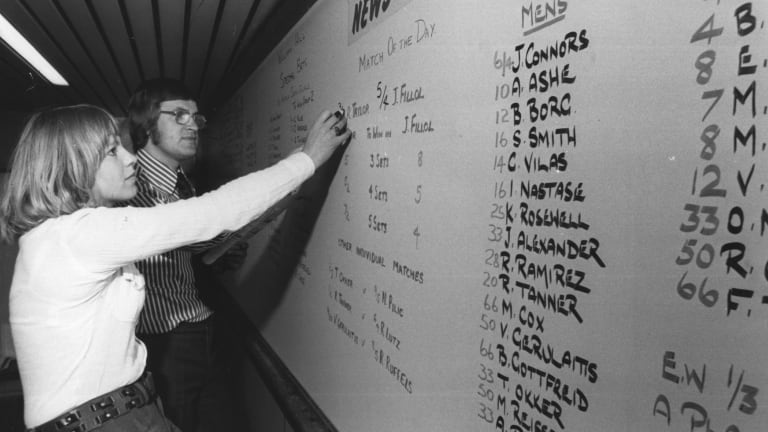Betting 101
Betting 101: Gaining an understanding of what the odds actually mean
By Feb 01, 2023Betting 101
Betting 101: Learning how to play the futures market
By Feb 24, 2023Betting 101
Betting 101: Understanding how to bet on totals
By Feb 12, 2023Betting 101
Betting 101: What it means to bet the spread
By Feb 08, 2023Style Points
New year, new threads: Tracking all the sponsor and apparel moves ahead of Australian Open
By Jan 14, 2026Australian Open
Five things to follow in final round of AO qualifying: Sloane Stephens' comeback, Coleman Wong's push
By Jan 14, 2026The Big T
The Big T Podcast, Episode 2: Danielle Collins stars, and stirs debate
By Jan 14, 2026Australian Open
PHOTOS: Carlos, Jannik, Iga, Coco, Meddy have all the fun playing AO's 1 Point Slam, as amateur Jordan Smith wins
By Jan 14, 2026Australian Open
Will the quarterfinal hex be broken Down Under?
By Jan 14, 2026Australian Open
Ofner forgets decisive tiebreak rule with early celebration, Basavareddy then wins AO qualifying match
By Jan 14, 2026Betting 101: Gaining an understanding of what the odds actually mean
Plus and minus are basics of math, as well as sports gambling.
Published Feb 01, 2023
Advertising
Advertising

Bookmakers chalk up the odds for the winner of the 1975 men's Wimbledon tournament, at the William Hill betting shop.
© Getty Images